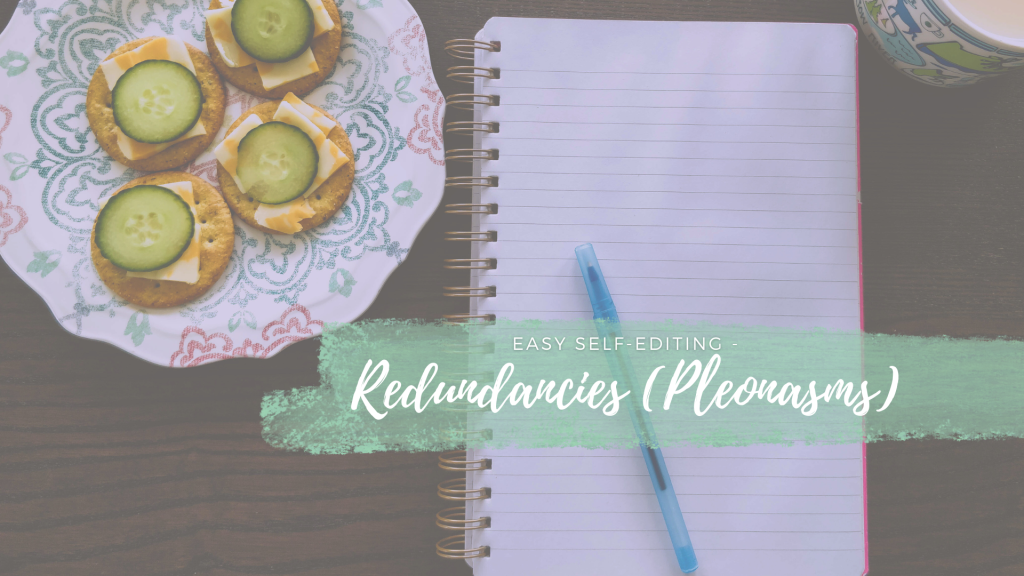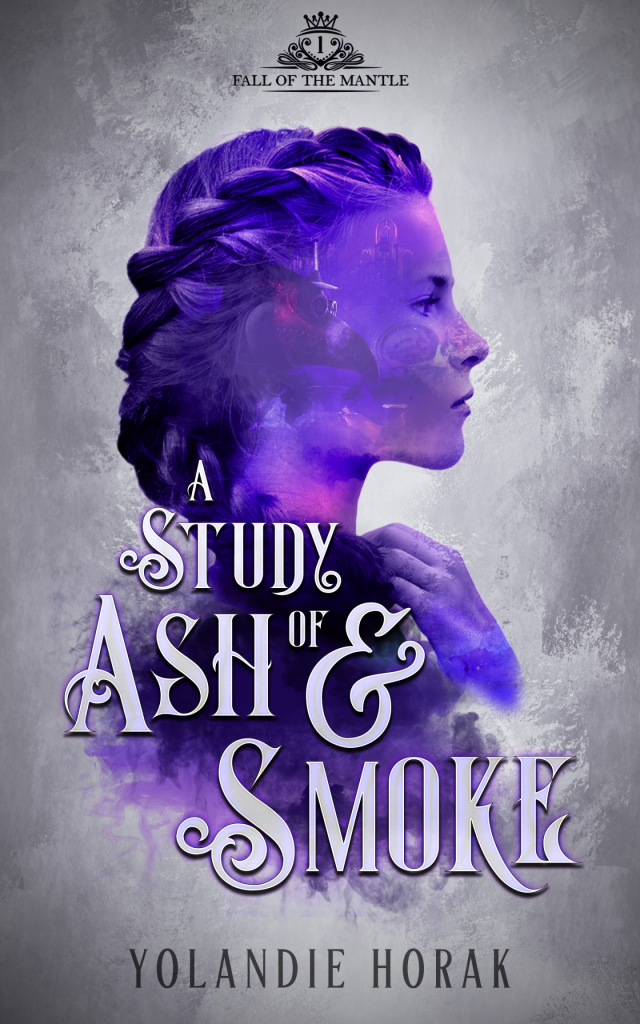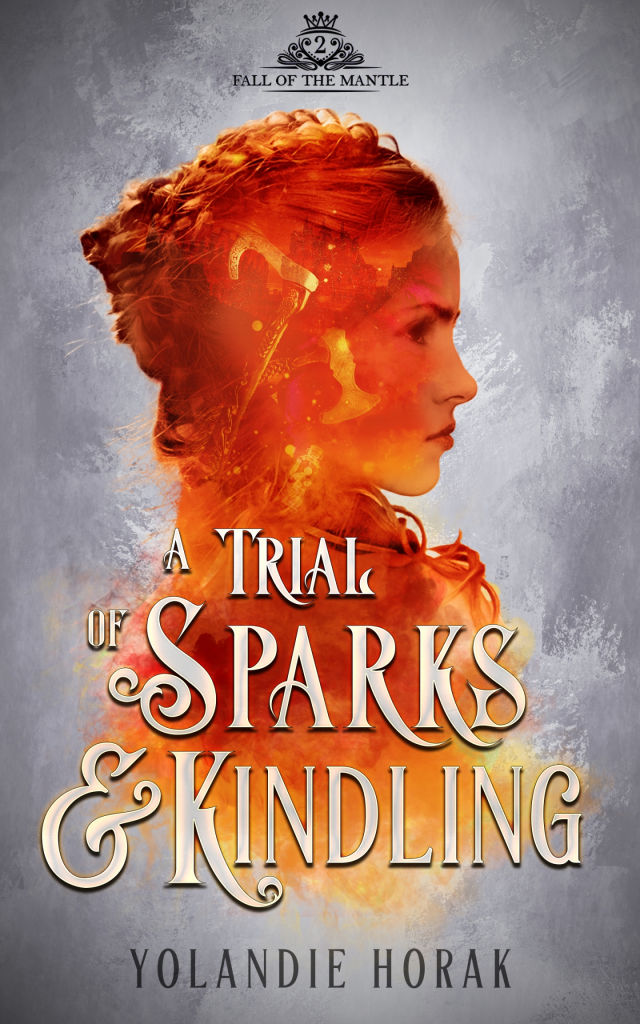The first draft of A Study of Ash & Smoke was riddled with redundancies, AKA pleonasms. My editor, Nerine Dorman, took to my debut manuscript with a kill-it-with-fire vehemence and likely mumbled a million curses at the ceiling as she removed them (among other issues) from my very *cough, cough* unpolished novel.
I’ve said this before, and it’ll probably be the hill I die on, but many editors charge per word. If we kill the excess with fire before they can, they focus on more important issues in our work. Right?
We also free up words for stunning scenes that leave readers breathless. Everyone wins.
One of the easiest ways to self-edit and lower that word count is by removing pleonasms.
What is a Pleonasm?
According to the Google definition:
ple·o·nasm
/ˈplēəˌnaz(ə)m/
noun
the use of more words than are necessary to convey meaning (e.g. see with one’s eyes ), either as a fault of style or for emphasis.
If you’d like to read more about pleonasms, there’s a great page on Wiki.
Pleonasm in Writing
I recently listened to the audiobooks for the first three instalments of a four-book series (I won’t mention which ones because I don’t want to rain on anyone’s parade). The story was good and kept my attention, but if I had a penny for each time someone nodded their head or shrugged their shoulders, I could afford a cottage in the woods. I strongly believe writerly quirks and repetitions pull readers out of the story, and that theory proved true with those books.
So, let’s break it down.
Of all our body parts, the word ‘nod’ is only ever used regarding our heads. We don’t nod elbows, legs, or shoulders, so when we say ‘nodded’ readers instantly know we mean our characters are bobbing their heads up and down.
The same goes for shrugging—the action means our shoulders are lifted. We don’t shrug feet, hands, or toes, only shoulders. If we shrug out of clothing, it won’t refer to trousers, only to shirts, jackets, robes, or items that cover our shoulders. Except if we’re contortionists. 🤣
Tip: Ask if a specific action can be applied to another body part. We can shake our heads, hands, feet, etc, but we can only taste with our tongues.
Of all the pleonasms I’ve found in preparation for this post, ‘the nape of their neck’ and ‘expression on their face’ are the most common.
Since we have a nape in only one place, dropping the ‘of their neck’ is fine. The reader will know where the nape is.The same with expressions. They live on our faces, so we don’t need to say that’s where a character wears a smile, grimace, or frown. If they frown with their bellies, they’re probably featured on a really weird 90’s show. 🤢
How about organs? ‘Her heart beat in her chest.’ Well, of course, it did, as hearts generally live in chests. I also recently heard what has to be my all-time favourite, ‘Her stomach churned in her belly.’ That’s exactly where a stomach is going to churn, isn’t it? Anatomy makes it so.
We don’t have to remind our readers where their organs are located—they already know, allowing us to cut unnecessary explanations.
Words like ice-cold and flaming-hot are pleonasms—ice is always cold, and flames are always hot—but sometimes we use pleonasms in metaphors or dialogue to make our characters seem more believable. Breaking a grammatical or stylistic rule can serve a purpose and enrich our writing, but that has to be the exception and not the norm.
Common Pleonasms
As I said at the start of this post, I struggled to see these redundancies as a fledgling writer. So, to help us all, I’ve compiled a list of common pleonasms.
- “No,” *character* denies
- “Yes,” *character* confirms
- All new
- Armed gunman
- Armed shooter
- Ascend up
- Black dark
- Blink eyes
- Breath in lungs
- Brief summary
- Clash together
- Clench together
- Close proximity
- Cock head to side
- Cold ice
- Completely empty
- Completely full
- Descend down
- Down south
- Enter into
- Equal halves
- Exit out of
- Expression on face
- False lie
- False myth
- Fold arms on chest
- Frown on face
- Frozen ice
- Gape on lips
- Gather together
- Grimace on face
- Grin on face
- Halve down the middle
- Hear audibly
- Hear with ears
- Hear with own ears
- Heart in chest
- Honest truth
- Hot flames
- Hot steam
- Huddle close
- Imagining in mind
- Lie down
- Little baby
- Loud scream
- Loud shout
- Lower down
- Lungs in chest
- Mouth gapes
- Mouth yawns
- Nape of neck
- New baby
- Nod head
- Nod head up and down
- Pace side to side
- Quiet whisper
- Raise up
- Rediscover again
- Repeat again
- Resume again
- Return back
- Ribs in chest
- Rise up
- See visually
- See with eyes
- See with own eyes
- Shake head side to side
- Share in common
- Share together
- Shoulders shudder
- Shrug shoulders
- Sit down
- Slight tinge
- Smell in nose
- Smile on face
- Smile on lips
- Smile on mouth
- Sneer on face
- Sound in ears
- Stand up
- Stomach in belly
- Sway side to side
- Taste with tongue
- Think to myself
- Thoughts in head
- Tiny baby
- True fact
- Unexpected surprise
- Up north
- Yawn on mouth
If you think of more, drop them in the comments and I’ll add them to the list. We only win if we help each other!
Until next time.
Yolandie




